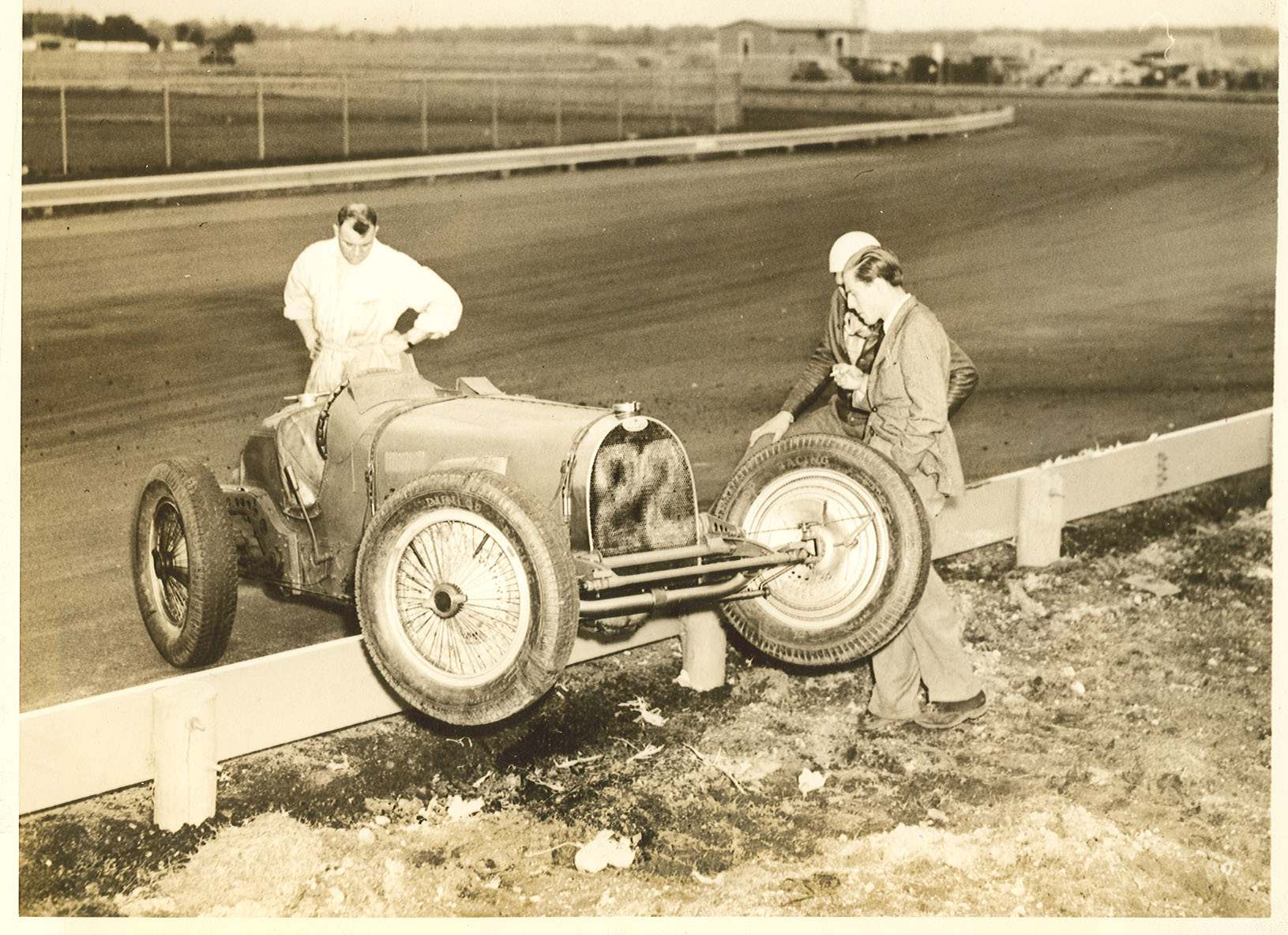

We may earn revenue from the products available on this page and participate in affiliate programs. Learn more ›
Stand 21’s “Racing Goes Safer” seminar at the Toyota Grand Prix of Long Beach this weekend featured a who’s who of safety experts and drivers, including Dr. Terry Trammell, Dr. Steve Olvey, Dr. Jacques Dallaire, Danny Sullivan, Brian Redman and Del Worsham.
And a fireman from the nearby Rialto Fire Department, Joe Powell, who works for area race tracks when he can.
And despite all the good top-shelf information, it may have been Powell who raised the most important question.
When a fireman gets killed, anywhere in the U.S., he said that a detailed report is generated, maybe 75 pages, and circulated among all the departments. The goal: To determine what went wrong, and prevent it from happening again anywhere else.
There is no formal structure for that to happen with motorsports accidents. At the lower level, where most fatalities occur in racing, you might get a sheriff’s or highway patrol report, likely written by an officer who wasn’t present, and doesn’t really know what happened.
Usually you don’t even get that. “No one wants someone to die at the racetrack,” Powell said, so very often the racer or track worker of fan, who is undeniably dead, is transported to the nearest hospital, where family and friends and possibly clergy gather, and then the person is pronounced dead.
“Which means you’ll get a coroner’s report, but it probably won’t have anything of substance,” Powell said.
If the incident was investigated, a massive amount of useful information could be generated and distributed: Maybe a race car driver had his belts mounted improperly to allow his HANS device to work. The roll cage collapsed because welding was done improperly. A track worker was dressed in non-reflective dark clothing, and a driver couldn’t see him on the track. Wheelie bars on the back of the dragster were improperly adjusted, or the parachute was improperly prepared or mounted. Something intruded into the cockpit that the driver’s safety equipment couldn’t handle. Every crash is different. And every crash is an opportunity to learn something.
Creating such a database would be costly, even assuming the majority of work would be done on a volunteer basis. Who would pay for it? SEMA? NASCAR? The NHRA? A manufacturer? A group of manufacturers? Nobody in racing is looking for ways to spend more money, so it would likely be a university, affiliated with a trade group.
Why there is no central database of serious motorsports accidents is a valid question. Who will step up and make it happen?
Otherwise, the seminar was full of useful information. Will Rodgers, a Mazda racer, said he had several top takeaways: For one, he didn’t understand before just how important the proper fireproof underwear and socks were. The best firesuits are designed to be part of a fireproof system that includes underwear. Without it, the system can fail.
Also, he now knows the full value of a HANS device, which is more versatile than you think. “If I was doing a quick test, or coaching a driver from the right seat, I might not have the right underwear on, or wear a HANS. After what I saw and heard today, that will never happen again.”
Stand 21 puts on these safety seminars, for free, periodically. Check Racinggoessafer.org for more information.
